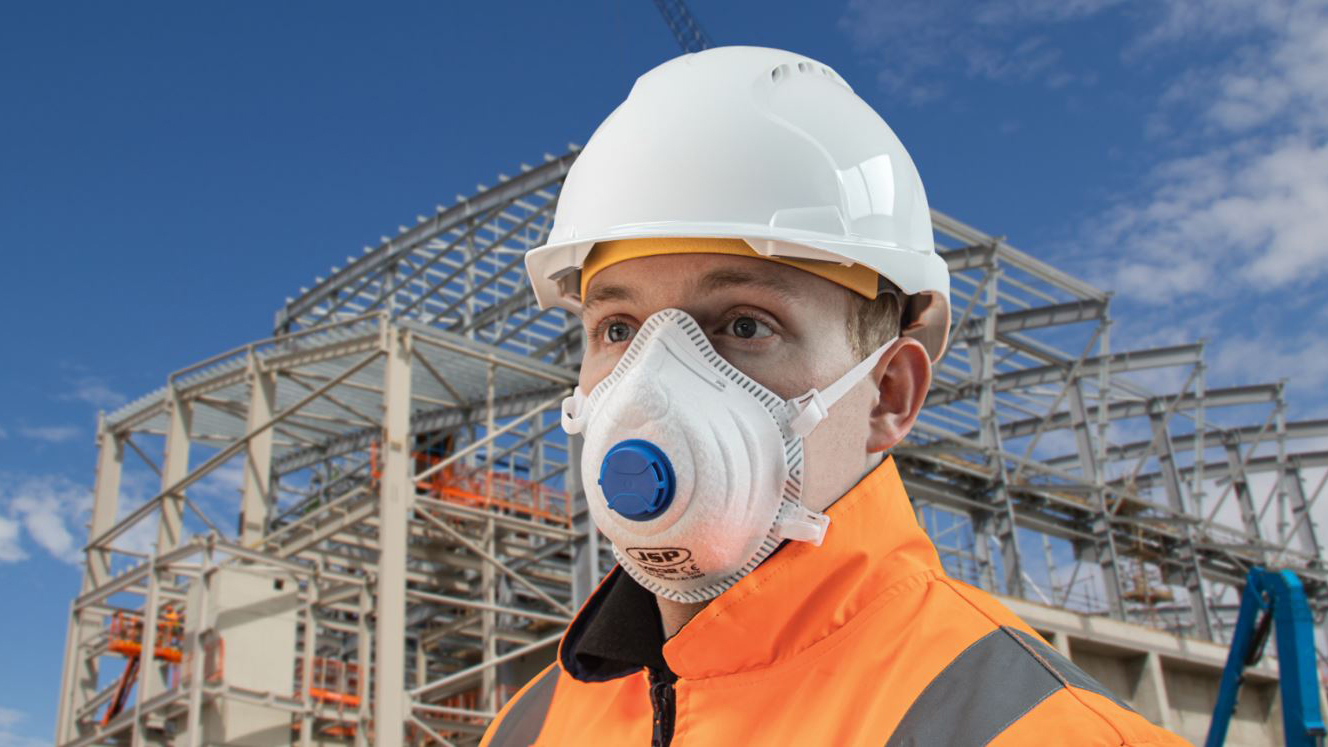The Looming Threat: Dust and its impact on the construction industry
The construction industry serves as the backbone of urban development and infrastructure. However, beneath the towering structures and bustling work sites lies a hidden menace that poses a significant threat: dust.
Often underestimated, dust particles generated during construction activities can have severe implications for both workers' health and project efficiency. Understanding the detrimental effects of dust and implementing proactive measures is crucial for ensuring a safe and productive construction environment.
The Perils of Construction Dust
Construction dust encompasses various particulate matter, including silica, asbestos, wood, concrete, and metals, which are released during activities such as drilling, cutting, sanding, and demolition. These minuscule particles can have far-reaching consequences for the construction industry, including the following:
-
Health Hazards for Workers: Inhalation of construction dust can lead to a range of health issues. Silica dust, for instance, is linked to respiratory problems such as silicosis, lung cancer, and chronic obstructive pulmonary disease (COPD). Asbestos, another hazardous component found in older buildings, poses a significant risk of lung cancer and mesothelioma. Workers consistently exposed to dust particles are also prone to allergic reactions, eye irritation, and skin conditions.
-
Reduced Worker Productivity: Dust-related health concerns can lead to absenteeism, increased sick leave, and decreased productivity among workers. Employees suffering from respiratory issues or other dust-related ailments may experience reduced energy levels and efficiency, impacting project timelines and overall productivity.
-
Safety Hazards: Construction dust can impair visibility and hinder the safe operation of heavy machinery, potentially leading to accidents and injuries on-site. Moreover, dust accumulation on surfaces can create slippery conditions, further increasing the risk of slips, trips, and falls.
Addressing the Threat
To mitigate the risks associated with construction dust, industry stakeholders must adopt preventive measures and best practices:
-
Engineering Controls: Implementing engineering controls, such as local exhaust ventilation systems, wet-cutting techniques, and dust extraction equipment, can effectively minimise dust generation at the source. These measures help capture and contain harmful particles before they disperse into the air, safeguarding both workers and the surrounding environment.
-
Personal Protective Equipment (PPE): Adequate personal protective equipment, including respirators, masks, goggles, and protective clothing, should be provided to workers to reduce their exposure to dust particles. Regular training and education on the proper use and maintenance of PPE are essential to ensure its effectiveness.
-
Regular Site Monitoring: Conducting frequent air quality monitoring assessments at construction sites helps identify potential dust hotspots and areas requiring immediate attention. Real-time monitoring devices can provide valuable data to assess dust levels, enabling proactive intervention and the implementation of control measures.
-
Worker Education and Awareness: Raising awareness among construction workers about the hazards of dust exposure is paramount. Training programs should educate employees on the risks, safe work practices, and the importance of reporting any health symptoms promptly. Encouraging open communication and a culture of safety can significantly contribute to dust management efforts.
Conclusion
The threat posed by construction dust cannot be overstated. Its harmful effects on worker health, productivity, and safety demand proactive measures and strict adherence to regulations. Through the implementation of engineering controls, proper use of personal protective equipment, regular site monitoring, and comprehensive worker education, the construction industry can combat this invisible menace effectively. By prioritising dust management, we can ensure a healthier, safer, and more efficient construction environment for workers and the overall success of projects.
Tiger Supplies can help when it comes to dust control. Whether this is through our dust masks or whether we can help with dust extractors - great for large construction sites - we can provide you with the necessary advice or support. For further information, please contact our sales team at 020 4539 3840 or email via sales@tiger-supplies.co.uk.

